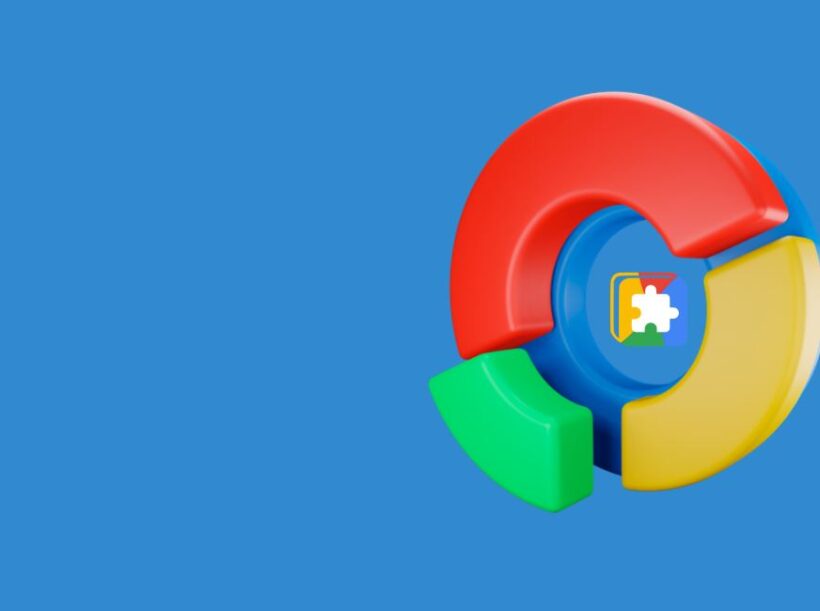Chrome MSI is a legacy installer package format used by Google Chrome during its early days. It was a Windows Installer (MSI) package that allowed users to install Chrome silently and automatically update it in the background. Chrome MSI was typically used for enterprise deployments or mass installations in corporate environments. However, Google discontinued Chrome MSI in favor of the standard installer format (EXE) and the Chrome Web Store for individual user installations.
Google Chrome MSI (Microsoft Installer Package)
Chrome MSI, short for Microsoft Installer package, was a legacy installation format used by Google Chrome during its early days. It was introduced as an alternative installation method to the standard EXE format and was primarily targeted at enterprise deployments or mass installations in corporate environments.
Chrome MSI was designed to facilitate silent, automated installations of Google Chrome in corporate environments. It allowed system administrators to deploy and manage Chrome installations across multiple machines without requiring user interaction. The MSI package included the necessary installation files and settings, making it convenient for IT administrators to manage Chrome installations at scale.
Benefits of Chrome MSI
Chrome MSI offered several advantages:
Silent Installation: Chrome MSI enabled silent installations, meaning the browser could be installed in the background without requiring user interaction.
Automated Updates: The MSI package supported automated updates, ensuring that Chrome instances across the organization were kept up to date.
Centralized Management: IT administrators could manage Chrome installations and updates from a central location, streamlining deployment and maintenance.
Customizable Settings: Chrome MSI allowed administrators to customize various settings, such as default homepage, startup behavior, and update policies.
How Chrome MSI Worked
Chrome MSI involved the following steps:
Package Creation: Google provided the MSI package, which included the necessary installation files and settings.
Deployment: System administrators deployed the MSI package across the organization’s network, targeting specific machines or user groups.
Silent Installation: During the deployment process, Chrome MSI would install Chrome silently in the background, without interrupting users.
Automated Updates: The MSI package included update capabilities, allowing Chrome instances to be updated automatically in the background.
Challenges and Considerations
While Chrome MSI offered benefits, there were also considerations to keep in mind:
User Consent: Silent installations without explicit user consent raised privacy concerns, and administrators needed to ensure proper consent and notification.
Limited User Customization: Chrome MSI installations typically offered limited customization options, and users had fewer opportunities to personalize their Chrome settings.
Update Management: Managing updates across a large number of machines could be challenging, and administrators needed to ensure proper update policies and testing.
Version Control: Tracking and managing specific Chrome versions could be challenging, as MSI packages might not always offer the latest version.
Security and Privacy: Chrome MSI installations required careful handling of user data and security configurations to prevent potential vulnerabilities.
Chrome MSI was a legacy installation method that played a role in the early days of Chrome’s adoption in corporate environments. It facilitated silent, automated installations, and centralized management.
However, with the introduction of the standard EXE installer format and the Chrome Web Store, Chrome MSI became less prevalent. Today, the standard EXE installer and the Chrome Web Store provide more flexible and user-friendly installation methods, offering individual users the ability to customize their Chrome experience and ensuring they receive the latest updates directly from Google.




